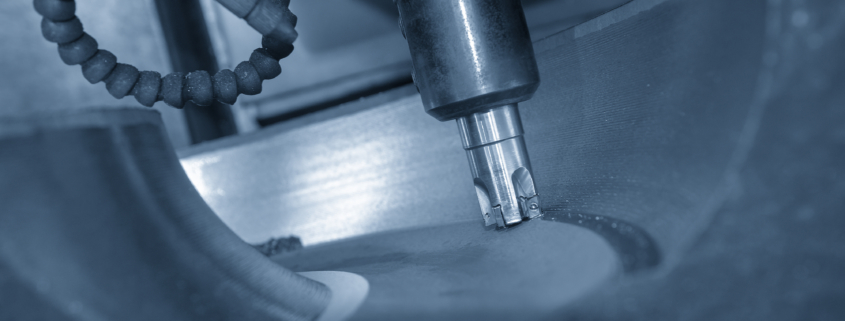Gray cast iron is a popular, cheap construction material. Its strength properties are rather moderate. However, it has good foundry properties and very good machinability. CNC machining of cast iron produces small, easily removable chips. The dominant signs of wear when milling gray cast iron are flank wear and thermal cracks. The main problems associated with the workpiece are chipping on the miller’s exit side and surface finish problems. Dry milling and high speed vc are recommended.
Ductile iron is one in which graphite occurs in the form of spheroidal aggregates in a pearlitic matrix containing some ferrite, or purely ferritic. Milling of this type of cast iron has machinability similar to low alloy steel. To obtain the best machining parameters, use PVD coated and wet machining grades.

